More than 50% of US consumers change their product brands due to new, unsatisfactory packaging, while 49% of consumers share their unboxing experience on social media, giving product packaging center stage.
In the first case, consumers demonstrate that product packaging design matters by switching to the one they find more appealing or aligned with their values. In the latter, a good package design turns them into brand advocates.
In this article, three industry specialists discuss the defining traits of a top-notch product design that modern consumers notice on the shelves and keep returning to.
Table of Contents
Educate, Differentiate and Project Your Brand Values
Richard Horwell, Owner of Brand Relations, declares that branding is the message you want to present to your consumers – and that message should say “Buy me!"

“90% of a first-time purchase is based on the branding; it’s why a consumer will pick your product over their regular choice or your competition.”
According to him, to communicate this message to your target audience via package design, you need to think of it in these terms:
- Ask the right questions and educate the consumer
- Link to what your audience understands
- Ask questions
- Make it about them, not you
- Come up with a Point of Difference
- Be careful with minimalism
- Pick a relevant name
- Project your values
The questions you need to ask yourself when coming up with your brand and package design are the same questions your audience asks: “What is unique about this product?”, “Why is it better than the competition?” and “Does this product offer value for money?”
In Horwell’s view, your branding and packaging need to provide a direct answer to all of these questions.
“The best place to educate your target audience is on your product’s packaging, so your branding needs to be clear and perfect. Trade buyers and consumers need to understand the product without having you standing there. That’s what the branding is for [—] to provide instant education.”
Before educating the audience and setting yourself in the right direction, you should also consider answering questions such as:
- Where will this product sell and what brands will sit alongside it? How will my product stand out against them?
- What is my brand message? i.e. Is it based on health, functionality, spoiling yourself or great taste?
- Will my consumer be able to read the messages I have on the packaging from a distance, without picking it up?
Furthermore, and closely related to educating the audience, if you are breaking new ground with a base ingredient, add something to the mix that the consumer already knows.
The key here, according to Horwell, is to “make sure the messaging is easy to understand and include elements that consumers can understand instantly.”
Another desirable quality in product packaging is that it needs to draw the audience, relate to it and say “buy me, I am new and exciting.”
In simple terms, consumers only care what’s in it for them.
“Just putting your brand name on the front and thinking the brand will sell is crazy,” remarks Horwell. “Always focus on them, not you.”
“For example, we worked on a soft drink now called Chillio. The previous design agency had simply splashed the logo across the entire bottle – with no thought to education, messaging, a relevant name or the drink’s point of difference that would encourage their target audience [to choose] the product. We rebranded it to sit alongside the craft beers so you could be out sipping Chillio without feeling embarrassed you weren’t drinking. The new name highlighted the chili ingredient in the drink (its point of difference) and the visual design evoked fun, hot days in South America.”

The aforementioned point of difference can be crucial: it is imperative to have any chance of success in today’s market.
The point of difference, warns Horwell, should always be very clear on your package’s messaging. He suggests that brands should think about what makes them different, make a list of these points and pick the most important ones. Those are the ones you want on your packaging.
He goes on to advise against the impulsive use of minimalism which has become a major trend in recent years. Trying to be “cool” in this regard can often lead to forgetting about selling the brand, which results in consumers ignoring the product. “Find the right balance between doing too much or too little,” says Horwell.
Your product’s name is, of course, another packaging aspect that should never be an afterthought.
“With the growth in food and drinks products, comes a rise in the [number] of new brand names, which makes choosing the right name harder and getting a trademark more challenging,” claims Horwell. “Start by researching your chosen brand name and make sure it is relevant to your product and your audience. Be clever with your brand name. Find something that is simple, but conveys your product's message — not just a name that sounds cool to you and your family.”
Modern consumers want to buy from companies with matching, transparent values. This is another thing your design should communicate about your business. In Horwell’s opinion, this is a major opportunity for new brands, as established companies can’t adapt quickly.
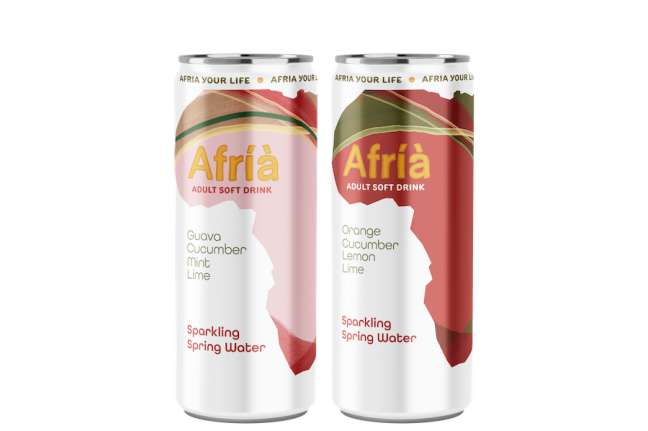
To illustrate: is your product certified to be Vegan, Fairtrade or Organic? Ask yourself which of these resonates with your target audience and insist on it in your messaging. More recently, consumers are looking for certifications like B Corporation logo that lauds businesses considering their social impact.
“Great taste, added benefits and an ethos they can buy into are what will keep consumers coming back for more of your product, but you need to attract them in the first place. You need to ensure they make that initial purchase – and that’s where your branding comes in. Brilliant branding says everything a consumer needs to know in one [glance]. It speaks directly to your target audience and says ‘buy me’ in a way they will find difficult to ignore. Get it right and your fledgling product will have the very best start in life,” concludes Horwell.
Create Consumer Connections That Translate Into Sales
BrandMe’s Brand Development Director, Chantal Bordet and Strategist, Emanuela Seminara, say that for packaging to be creative, it needs to tap into consumers’ fast-shifting mindsets.

Their four-step blueprint for achieving this is as follows:
- Stand out in an era of attention deficit and media-distracted consumers
- Engage consumers with stories and personality
- Create 360-degree conversations
- Design system with the future in mind
Bordet and Seminara begin by stating that the attention span of today’s consumers is very short – and that thousands of brands out there are competing for them daily.
It also takes a lot to rouse consumers’ curiosity. In their view, brands must be more disruptive and bolder with their packaging and identities.
“Hierarchy of messaging and the communication of product benefits need to be simple and crystal clear as consumers don’t read much,” BrandMe’s experts say. “Generally, brands need packaging that conveys a unique point of difference with [a] personality to have a chance to be seen and remembered. Injecting meaning into your brand is more important than ever.”
They add that the test of good packaging is whether or not it establishes instant brand recognition whilst communicating product offers.
Next, it is critical to establish an emotional connection with the target audience. Brands which that can do that – and these are the most successful brands of our era – capture the hearts and imagination of Millennials and Gen Z-ers, the demographic groups particularly fond of storytelling.
“They are the generations that have made it possible for niche challenger brands to unsettle leaders in most categories. If you are looking to recruit, your packaging should adopt some of the challenger packaging principles,” say Bordet and Seminara.
In today’s environment, this means using visuals that elevate products from a “safe and corporate position to a more personal and self-expressive place.” These, they argue, feel more human, as personality and story-led packaging speak to consumers’ desire for transparency and a kinder, more responsible world.
“There is a strong pull from packaging that feels like it has been crafted by small makers and represents local communities – rather than faceless corporations – because it is associated with ethical responsibility, a value that speaks to the vast majority of modern consumers.”
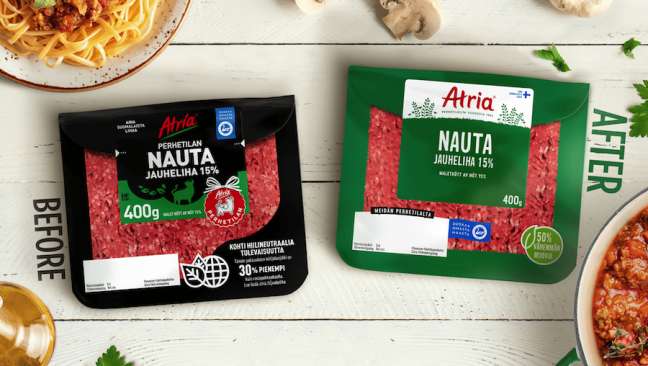
Tying in with relating to an audience that appreciates stories in branding, consumers also need to be continuously re-engaged in brand conversations. This is another central role that today’s packaging needs to fulfill.
Bordet and Seminara say that limited edition packaging and social media-worthy design create advocacy and keep customers engaged.
“We are always online, so designing a pack today is more like designing a visual alphabet, where we generate visual equities that can be lifted off the pack and extended online and across all consumer touchpoints. Your packaging equities, whether it be the typography, color, textures, photographic or illustrative style, give your brand the ability to speak the same language consistently in 360° to create a cohesive brand world. Make sure your pack has a rich, flexible and distinct language that will seamlessly stretch across other media.”
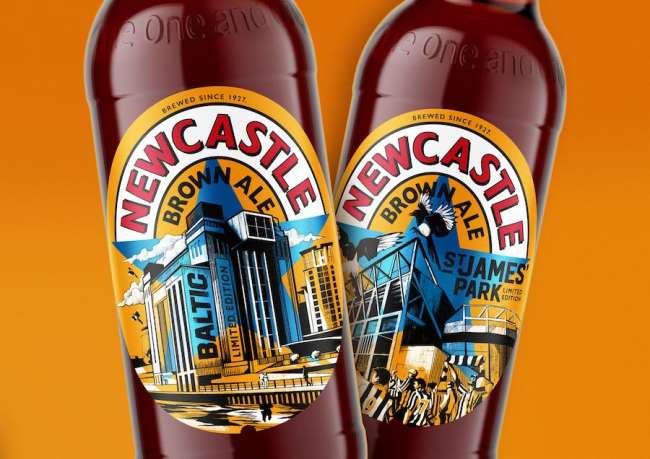
Finally, being future-proof is a must in package design. As bringing your brand to market is a costly and long ordeal, your packaging should be designed with your whole pipeline and portfolio in mind. For this, it’s vital to have a visual portfolio strategy in mind from day one. This allows brands to “seamlessly stretch” and “create design variations while maintaining continuity.”
“As media habits change and time spent on digital outweighs time spent watching TV, many brands are re-evaluating how to most effectively allocate marketing budgets,” Bordet and Seminara say in conclusion. “Packaging is where your brand lives and breathes and should be seen as the mix’s starting point. Your pack needs to embody your purpose, values and personality; it needs to give you the visual language to captivate, reassure and create conversations both on- and offline, ultimately translating into sales and real consumer engagement.”
Address New Challenges Through Your Unique Approach
Will Williams, Founder of Davison Williams, reminds us that retail is a complex landscape and that the work of package design agencies has become more complex than ever as well, “as brand owners address new challenges and decide what role their packaging can play.”

He points out certain aspects that make good packaging design in 2022 and beyond:
Trends such as:
- Illustration revival
- Abstract concepts replacing lifestyle photography
- Minimalism
- Daring display of creative copywriting
- More casual and conversational copy
- Greater brand awareness that established brands can benefit from
- Packaging for start-ups must punch above its weight
- A carefully constructed design brief supported with the understanding of the target audience
“Commissioned artwork is a great way for designers and brand owners alike to express an idea and differentiate themselves from the competition,” begins Williams and adds that illustrations can be used for broader brand-building purposes to become synonymous with a particular brand, “acting as a powerful communication tool, driving consumer engagement and awareness.”
He also points out that the world of packaging design will see more bold, abstract designs with shapes and textures replacing product and lifestyle photography. Though photography will always have its place, as it most effectively delivers the taste appeal.
A minimalist design approach is used by an increasing number of brands in order to simplify labels and grab the consumers’ attention. As far as on-pack content goes, Williams argues, “creative copywriting is being deployed more daringly on [the] front of [the] pack” to “elevate a brand’s personality and inform.”
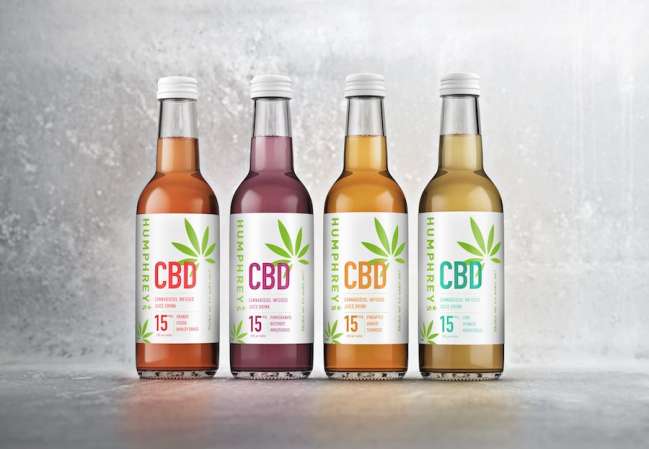
He also suggests that the trend for casual, relaxed and conversational copy will continue indefinitely, but adds it “will be interesting to see if some revert to ‘it does what it says on the tin’ approach to help differentiate their products from the ubiquitous ‘friendly pack banter’.”
The game of packaging design is not the same for everyone. Williams makes a distinction between household names and start-ups.
“More established brands not only benefit from greater brand awareness. More importantly, [they] have built strong emotional connections with customers, which means their packaging design can focus more on supporting the overall brand proposition. If necessary, they can choose to be very single-minded in their approach — a sure way to win the attention of consumers.”
Start-ups, on the other hand, fight a harder, uphill battle. They experience low brand awareness and their brand loyalty still needs to be built. Consequently, their packaging design must punch above their weight, remarks Williams. Smaller brands, he says, signpost their USPs on the front of the pack since consumers base their buying decisions around aesthetics and key product information.
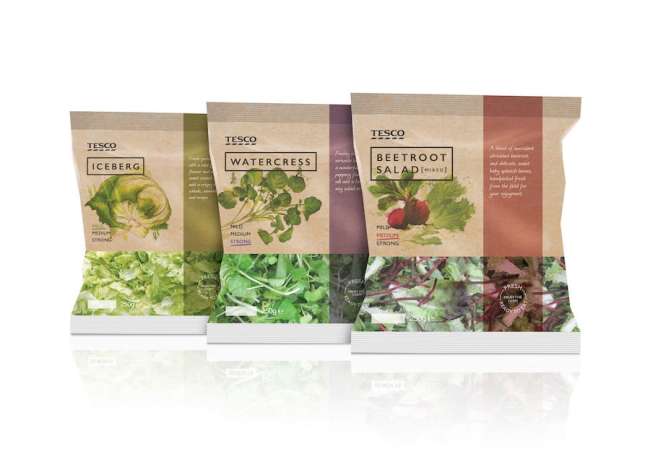
“A strong design can have an immense impact on the performance of a brand — those businesses that recognize the tremendous value design brings generally outperform those that do not,” says Williams and points to an important consideration. “But the process of winning the attention and trust of customers begins well before the design process. Aesthetics and trends aside, a carefully constructed brief supported by sound rationale, together with a clear understanding of your customer, is key to successful packaging design and subsequent sales.”


-preview.jpg)




